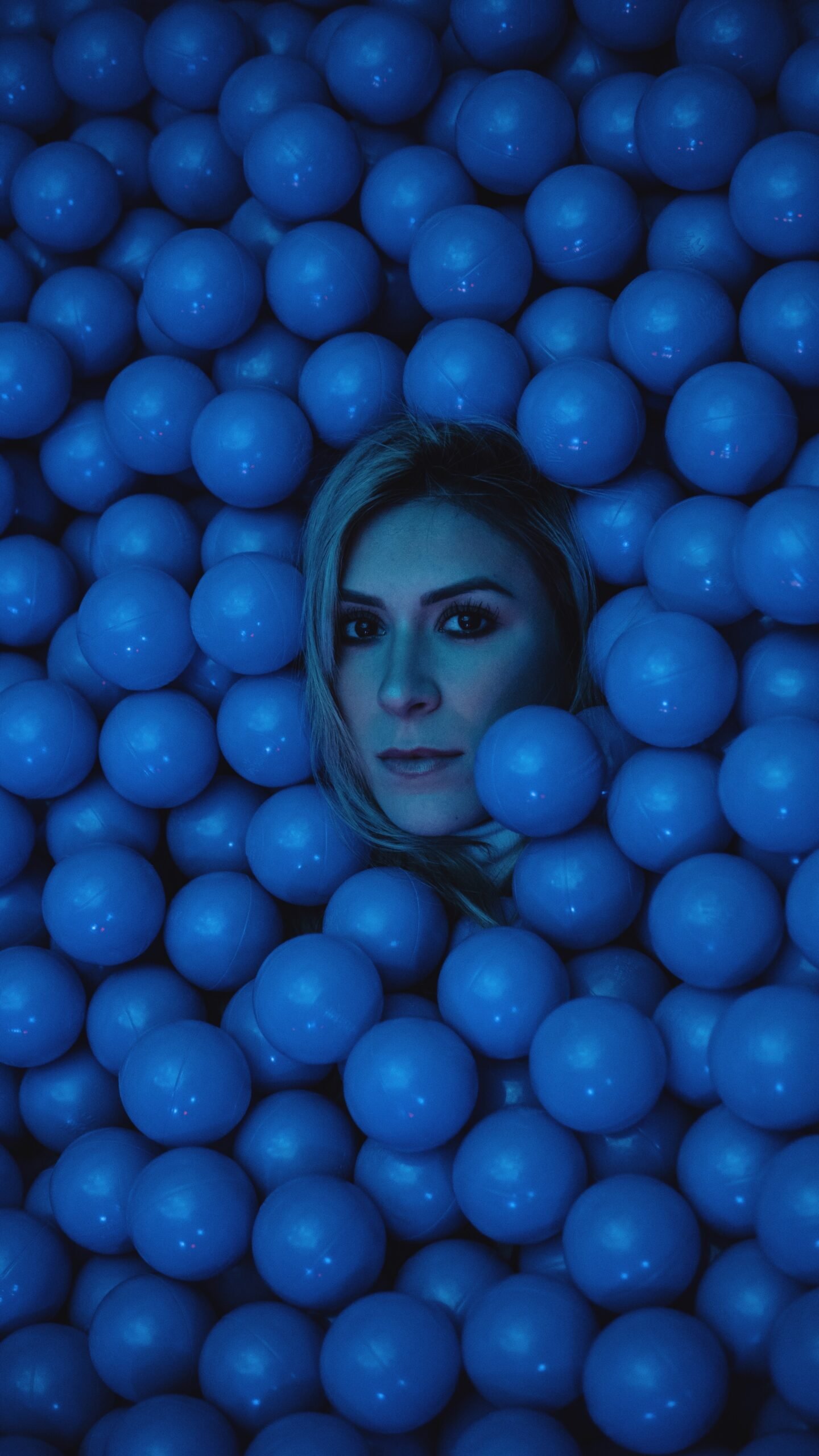Introduction
Artificial Intelligence (AI) has revolutionized various industries, and the art world is no exception. In recent years, AI-generated art has gained significant attention and recognition. This blog post aims to provide an overview and review of the fascinating world of AI art.
Understanding AI Art
AI art refers to artwork that has been created or assisted by artificial intelligence algorithms. These algorithms can be trained on vast amounts of data, enabling them to generate unique and creative pieces of art. The process involves feeding the AI system with images, texts, or other forms of data, and the system then uses this information to create original artwork.
Types of AI Art
There are various types of AI art, each with its own unique characteristics and techniques:
- Generative Art: This form of AI art involves using algorithms to generate images, music, or other visual or auditory content. The AI system creates new and unique pieces based on predefined parameters or by learning from existing artworks.
- Style Transfer: Style transfer involves combining the style of one artwork with the content of another. AI algorithms analyze the visual elements of both artworks and blend them together to create a new piece that incorporates the style of one and the content of the other.
- Interactive Art: Interactive AI art involves the viewer’s participation, where the artwork responds or adapts to the viewer’s actions or input. This type of art blurs the line between the creator and the audience, allowing for a more immersive and engaging experience.
The Impact of AI Art
AI art has had a profound impact on the art world. It has opened up new possibilities for creativity and experimentation. Artists can now explore uncharted territories and push the boundaries of traditional art forms. AI-generated art has also challenged the notion of authorship, as the role of the AI system in the creative process raises questions about who should be credited as the artist.
Furthermore, AI art has sparked debates about the relationship between humans and machines. Some argue that AI art lacks the emotional depth and intentionality of human-created art, while others see it as a new form of artistic expression that complements and expands the human creative process.
Examples of AI Art
Several notable examples of AI art have garnered attention in recent years:
- The Next Rembrandt: In this project, AI algorithms analyzed Rembrandt’s existing artworks to create a new painting in his style. The result was a stunning portrait that captured the essence of Rembrandt’s work.
- DeepDream: DeepDream is a visualization technique that uses AI algorithms to enhance and modify images. It creates dream-like, psychedelic versions of photographs by amplifying patterns and features detected by the AI system.
- Portrait of Edmond de Belamy: This AI-generated artwork became the first piece of AI art to be sold at an auction. Created by the algorithmic art collective Obvious, the portrait fetched an impressive price, sparking further interest in AI art.
Conclusion
AI art is an exciting and rapidly evolving field that challenges our perceptions of creativity and the role of technology in artistic expression. As AI continues to advance, we can expect to see even more groundbreaking and thought-provoking AI-generated artworks. Whether you appreciate AI art or have reservations about its authenticity, there is no denying its impact on the art world.

